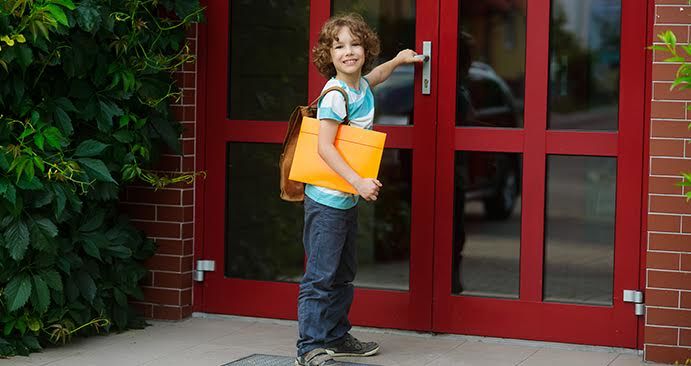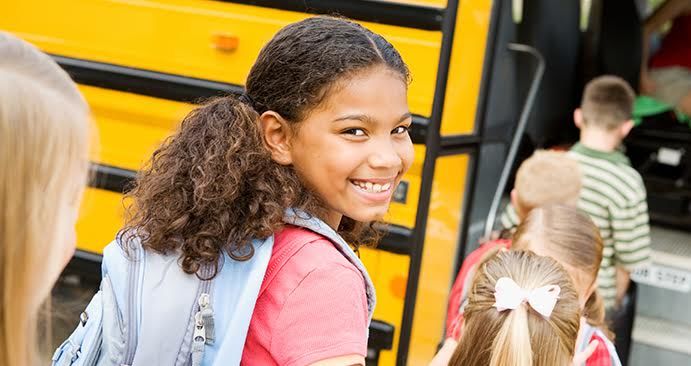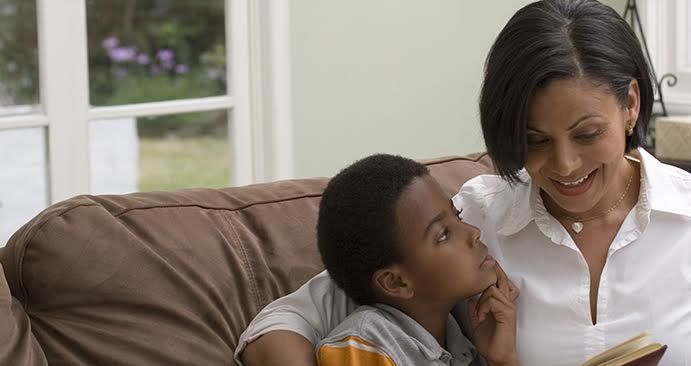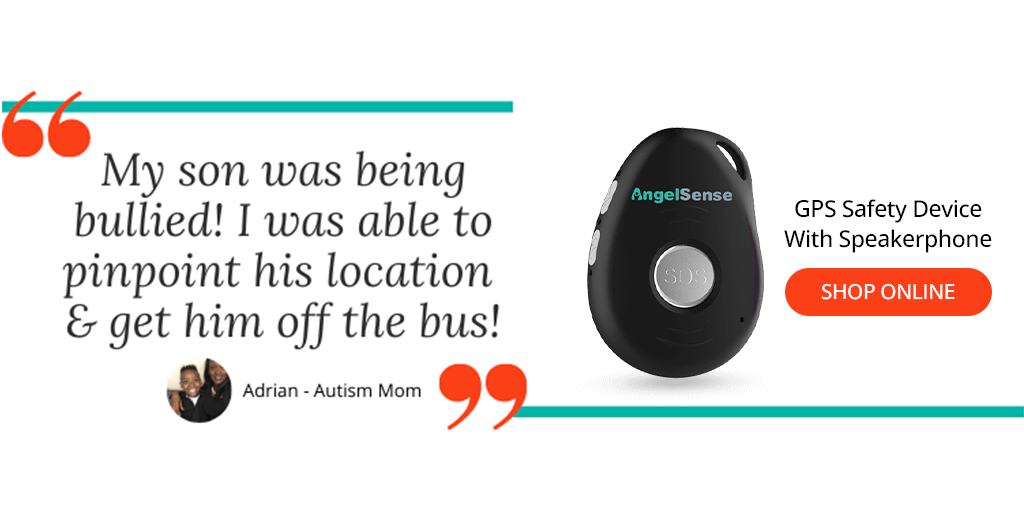10 Things You Can Do Today to Prepare Your Special Child for Back-To-School
Updated on August 3, 2022With talks of schools reopening, it’s the ideal opportunity to start preparing your special child for the new school year. For most special needs families, back-to-school time brings with it a host of anxieties and unique challenges. This year even more so. But by planning for this new phase in advance you can help allay some of your child’s fears and can ensure that this experience is a positive one.
What you need to remember during back-to-school time

The first few days of the school year often set the tone for the rest of the year. However, it’s important to understand that many different factors affect how your child’s school year starts off and not all of them are in your hands.
- Focus on what you can control
While you can do your utmost to prepare your child for the new school year, there are many things you have no control over. You can’t foresee whether your child will get along with the teacher or how the other students will treat them. There will also be new guidelines for Coronavirus, that you’ll have little control over. Accept this and focus on teaching your child coping strategies and techniques to lessen the impact of the changes and things that can’t be controlled.
- Accept that you may need to take a step back
This may not apply to all children with special needs, and depends where on the spectrum your child falls. However, if your child is verbal, you may need to take a step back and let your child figure things out alone from time to time. Keep in mind that you can’t always be there for your child, and this is a good way to teach your child to be more independent.
- Do everything in your power to set your child up for success
Every special child needs different things to thrive at school. It’s important that you have a clear understanding of your child’s unique needs, triggers and behaviors, including a good idea of what motivates and keeps them focused. This will help you and the teacher agree on specific learning goals and set your child up for success.
Practical tips to help you prepare your child for the new school year
There are many practical things you can do now to prepare your child for a smooth transition. To help you get started, we’ve put together actionable advice you can start implementing today.
1. Start rehearsing the school routine
It’s a good idea to adjust your child’s current routine to resemble their back-to-school schedule as closely as possible. This could include a new bedtime as well as an earlier than usual wake-up time. You could even encourage your child to put on their school uniform if your school requires one. Another effective way to prepare is to start exposing your child to packed lunches with the same food you plan on giving them for school.

Rehearing a back-to-school routine may be a little stressful at first, but will help keep your child calm when the first day arrives. Just remember to be especially patient as your child may be resistant to the new routine at first, which is why it’s important to implement it as soon as possible.
2. Familiarize your child with their school environment
If possible, take your child to see their school before school starts. This is one of the best ways to familiarize your special child with the new environment and will give them the opportunity to take in the many sights, smells and sounds they’re going to be exposed to. If you can, take pictures of the places your child is likely to spend the most time like in the classroom, cafeteria and playground. These will serve as a powerful visual reminder and can be used to further prepare your child.
3. Prepare your child for riding the school bus
It’s a good idea to familiarize your child with the bus route before school starts. If your school allows it, you may even want to take your child on a tour of the bus including an introductory meeting with the driver. Some parents find a printed copy of the route helpful.

One of the best ways to put your child’s mind at ease is to find a friend or someone your child knows who also rides the bus. Your child’s bus buddy can help keep them calm and ensure your child has a place to sit. In addition, you might want to contact the school to ask if they have a staff member who can meet your child at the drop off point at the school and help them find their classroom.
4. Get to know your child’s school and teachers
A good way to start the new school year is by meeting with your child’s teacher. This way you can communicate your child’s unique needs and learning difficulties. You may also want to start reviewing your child’s IEP to ensure it’s still relevant and highlights your child’s strengths and weaknesses. Before meeting with any staff members, it’s useful to put together an easy to read bulleted “cheat sheet” with all the information they need to effectively support your child, including any triggers and sensitivities as well as things that motivate them.
It’s also important to check that your child’s school is sensory friendly. Things to look out for include whether or not there’s a sensory room for your child to go to if they experience sensory overwhelm. This is also the time to look for alternatives to the cafeteria should it become too noisy for your child.
5. Teach your child strategies to cope with the unexpected
You cannot prepare for every situation which is why it’s best to teach your child different strategies for reducing anxiety and to help your child cope when you’re not around. Talk to your child about what could go wrong and some of the unexpected situations they may find themselves in. It’s important that your child has a plan for things like free time, lunch time and recess.
6. Prepare your child’s school supplies
Shopping can be used as a time to teach your child to use any new supplies the school may have requested. Be sure to keep some of their favorites from last year. The familiarity of these objects, regardless of how worn out they may be, can be very comforting for a child with special needs.
A fun way to help your special child adjust to their new school schedule is to color-code their supplies. You can coordinate this with your child’s schedule by putting a pink sticker, for example, on a notebook they would need for class highlighted in pink on their schedule. This will help reduce any anxiety, and will ensure your child knows what to do in different classes.
7. Take your child for a haircut
For most special children, a visit to the hairdresser is very stressful and a sensory overwhelming experience. If your child needs a haircut, don’t wait until the day before school starts. Take your child as soon as you can before the new school year so that your child has time to calm down before the big day.

8. Make sure your child is ready for schoolwork
It’s a good idea to get your child used to doing some form of schoolwork. One of the easiest ways to do this is by reading with your child. You can do this every night before you put them to bed. The key is to build reading into your child’s daily routine. To help you get started, here are 10 of the best books for children on the spectrum.
9. Prepare new clothes
For children who don’t have to wear a uniform to school, it’s important that you make sure they have comfortable clothing for the new school year. This includes purchasing any sensory clothing you may need, such as weighted shirts. Shopping can be very stressful for special children, but if you go when stores aren’t too busy it can be a great way to prepare your child for the transition.
All new clothing should be washed thoroughly so that it has a familiar smell. It’s also a good idea to remove any labels that may bother your child. Have them wear all new clothing before school starts in case there are any issues.
10. Consider investing in a GPS device
AngelSense is a comprehensive GPS Tracking and Safety Device for Special Needs Children. It ensures that you can track and quickly locate your child should they wander from the school premises. You can also see their bus route in real-time and get alerts for unexpected stops, if they get off at the wrong stop, if they miss the bus, and if they get off the bus at school but don’t enter the building. With the real-time, intelligent iAlerts you always know where your child is. The device also includes a 1-Way and 2-Way auto-answer assistive speakerphone so you can hear what’s going on or speak with your child at any time. There is even an SOS button on the device that they can push to let them request a call from you. All features are customizable and you can give access to an unlimited number of people.
AngelSense GPS & Guardian Kit
Our mission is, and always has been, to protect those with special needs. Every feature on our GPS tracker for autism is designed and enhanced to do just this. In addition, all wearing options are non-removable and sensory sensitive. Our customer care team is comprised of mothers who have children with autism and special needs. They use AngelSense every day and they truly understand and care.
There is a 100% Satisfaction Guarantee, so you can try it today risk-free.
With enough preparation back-to-school time doesn’t have to be overwhelming or stressful. The AngelSense team wishes you and your special child lots of luck for the new school year.
Get peace of mind from AngelSense, the groundbreaking AI-based assistive technology designed to enhance safety and peace of mind for individuals with special needs and their families. Our solution ensures you stay connected with your loved ones, empowering a higher level of independence while maintaining safety. Learn more about how AngelSense can make a difference for your family.


